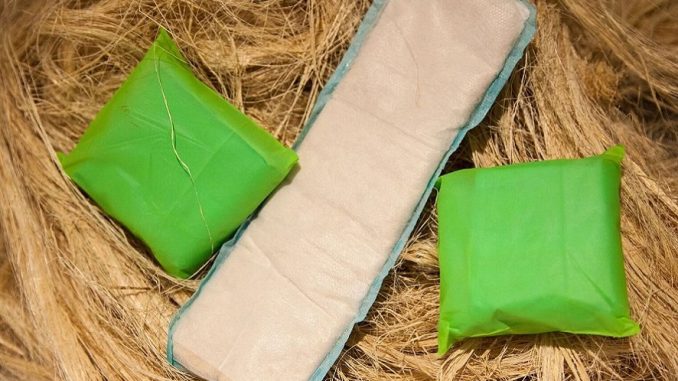
Since Rwandan student, Nicole Uwase first started menstruating, she has skipped school every month when she had her periods. She is now 22 and in her last year at the Ecole Secondary De Musanze in Rwanda’s Eastern Province. She believes she has missed at least 500 days of school due to her periods.
Uwase is not alone in this as scores of girls in Rwanda miss teaching hours when they are in their periods. Many of these girls who are not able to afford sanitary pads are compelled to use rags and pieces of cloths but these are expensive to clean and hence unhygienic. Like Uwase, these girls fear they will be ridiculed in case they stain themselves so they would prefer to stay home.
But thanks to the initiative by the organization, the Sustainable Health Enterprises (SHE), the situation has changed. SHE was started by young entrepreneur Elizabeth Scharpf in 2008 to develop affordable maxi pads locally and to encourage women to set up their own businesses to solve social problems.
With the help of experts, Scharpf developed and patented the process to transform banana fibres into an absorbent material in the US. She eventually built a production site in Eastern Rwanda and with the country producing a lot of bananas, this facilitated the production of cheap banana fibre pads that challenge imported big brands.
How are these banana pads produced?
Local women who make up a majority of the workers at the production site process the fibres extracted from the banana trunks with equipment provided by SHE. The fibres are cut, washed, fluffed and solar-dried before they are compressed into the pads. The pads are eco-friendly, as no water and little electricity are used in making them. The good news is, unlike pads made by big brands, the banana pads do not contain any chemicals or non-biodegradable super-absorbent polymers, according to SHE.
John Uwayezu, who is the managing director of SHE in Rwanda said a lot of research went into making a product that women and young girls would love. “We made sure we got feedback from our customers. We found that they wanted pads that looked like the ones made by the established brands.
“So, at the beginning, the pads did not have wings. We added those in the design. We also asked them for input on our packaging. They wanted something bright and modern, with an English name,” he was quoted by health journalism centre, Bhekisisa.org.
He, however, indicated that the biggest problem for the factory now is the high production cost involved. “Our biggest expenses are the salaries. If we manage to keep the number of employees and increase production, we can break even,” he said. For now, just over 1 000 pads are made each day at the site, but SHE wants to increase this to 30,000 pads a day by the end of the year. As women and girls gradually embrace these eco-friendly pads in their homes, schools, and offices, Uwayezu is optimistic that their expansion dream will see the light of the day.
BY MILDRED EUROPA TAYLOR
Source
